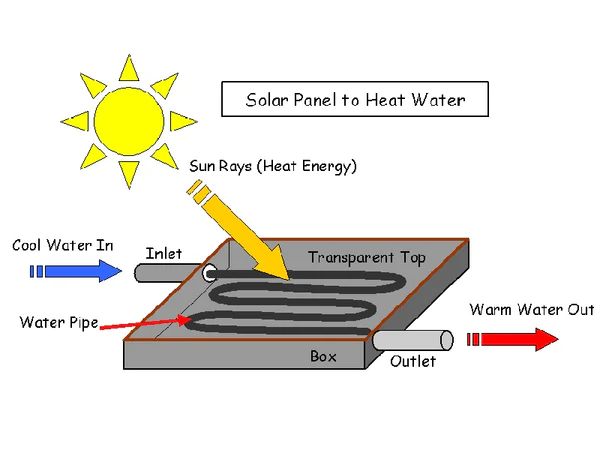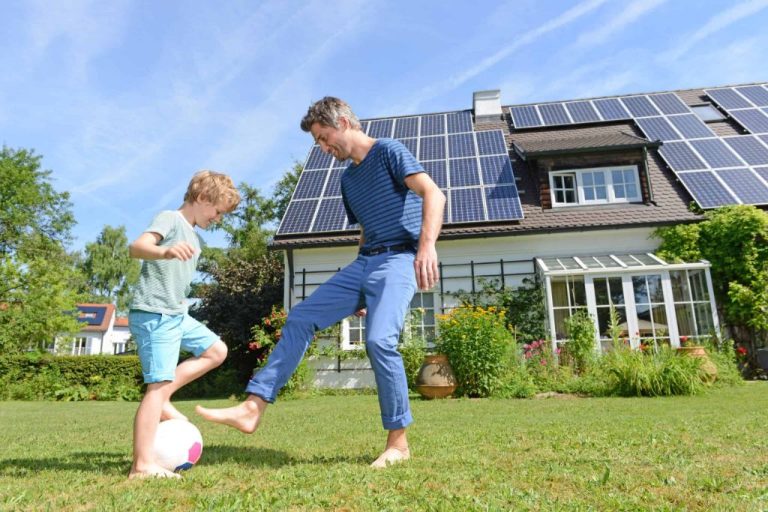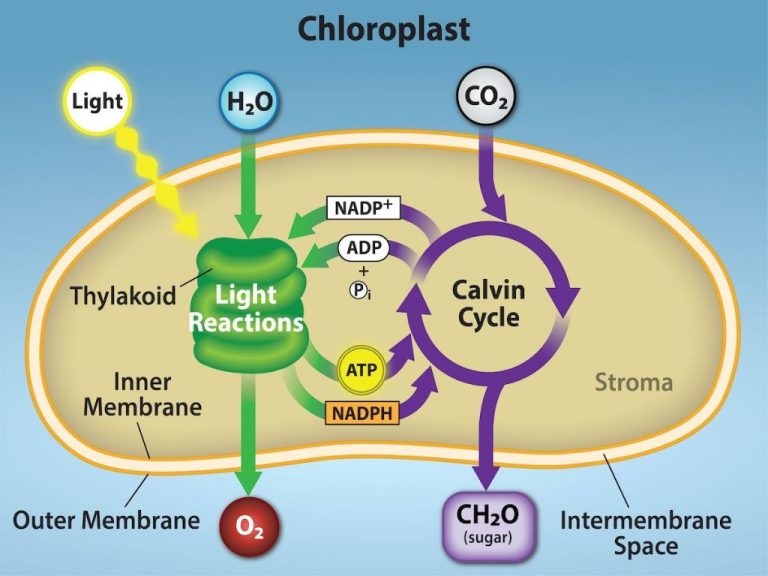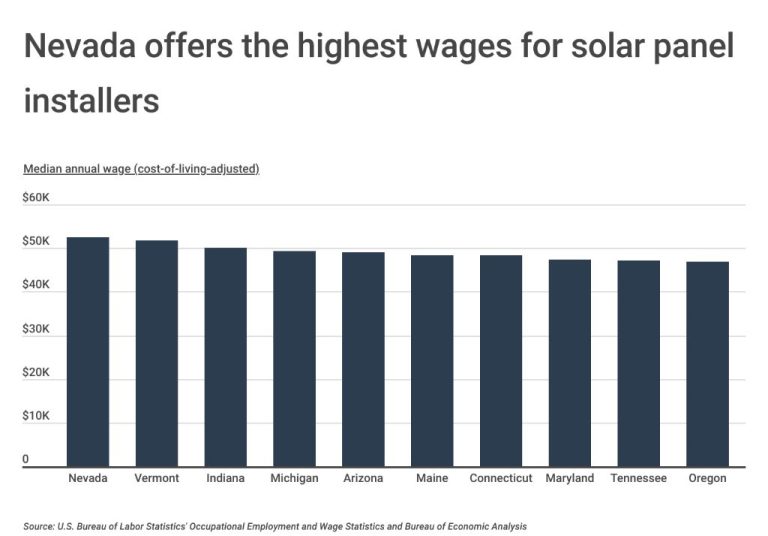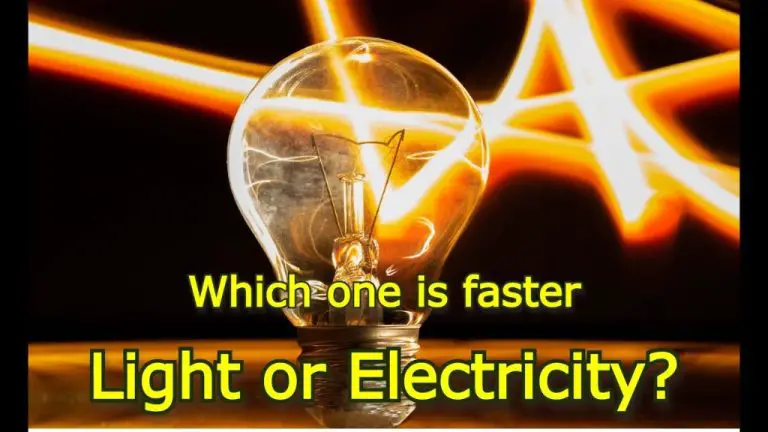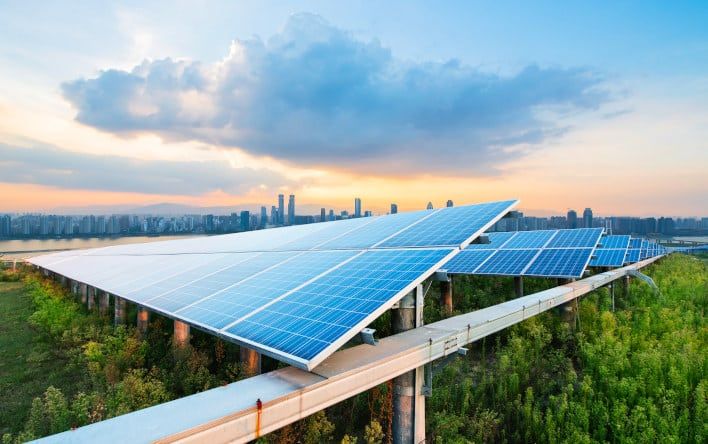Which Is Better Wind Energy Or Solar Energy?
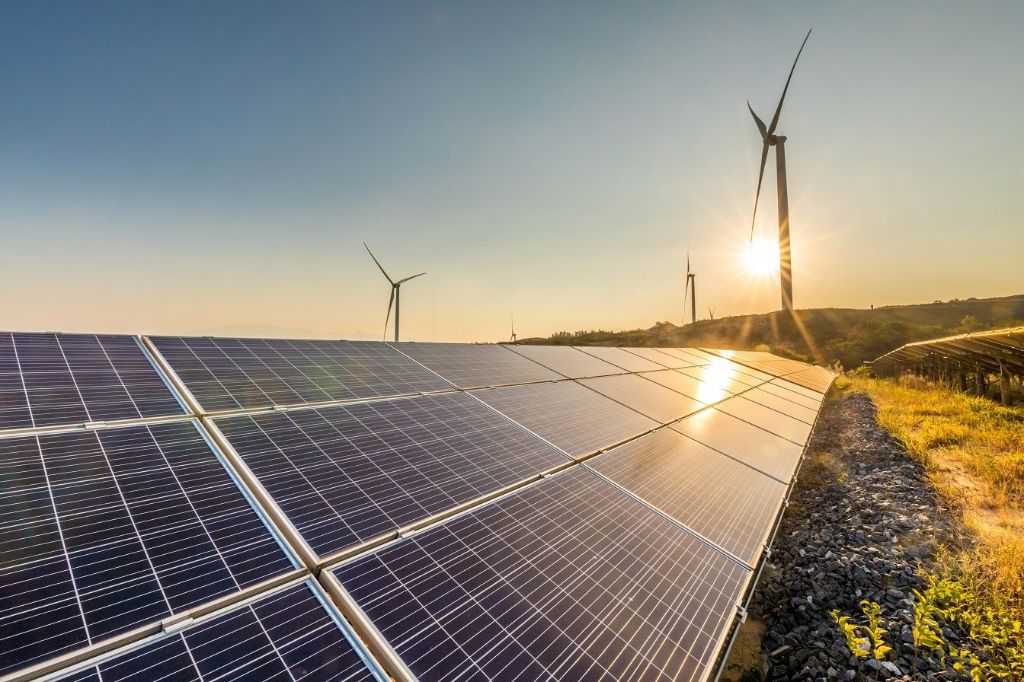
There is an ongoing debate about whether wind or solar energy is the superior renewable energy source. Both wind and solar power offer clean energy alternatives to fossil fuels, helping combat climate change. However, each has its own advantages and disadvantages. There are pros and cons to both wind and solar energy, and the best option depends on the specific circumstances and goals.
The thesis is that while wind and solar are both good options, the optimal choice requires weighing their respective benefits and downsides within the context of a given project or location. Key factors to consider are cost, efficiency, reliability, environmental impact and more. This content will provide an in-depth comparison of wind vs. solar energy across these criteria to elucidate the nuances so readers can make informed decisions about renewable energy systems.
Cost Comparison
When comparing the costs of wind and solar energy, a key factor is the upfront installation costs. According to the Lawrence Berkeley National Laboratory, the average cost to install a wind turbine in 2019 was around $1,567 per kW, while the average solar PV system cost about $2,716 per kW. So wind turbines tend to have lower upfront costs for installation.1
In terms of operating costs, solar PV systems tend to be lower since they have very few moving parts. Wind turbines require more maintenance and repairs due to wear and tear. Solar panels can also last up to 30 years with minimal decline in performance, while turbines may need to be replaced after 20-25 years.2
When looking at the levelized cost per kWh of electricity generated, wind and solar are becoming very competitive with each other. The U.S. Energy Information Administration estimates an average cost per kWh of $37 for wind and $40 for solar PV. But these costs can vary significantly based on location, weather, incentives, and other factors.3
Efficiency
When comparing the efficiency of wind and solar power, an important metric is capacity factor – the ratio of the average power output over time to the rated peak power output. According to studies, the average capacity factor for wind power is around 25-45%, while for solar photovoltaics it ranges from 15-25%. This means that wind power can generate a higher percentage of its maximum output over time compared to solar.
Recent research analyzing real-world data on wind and solar availability shows that wind power has a higher capacity factor and thus higher efficiency than solar power across much of the world. The study found average wind capacity factors of 26-49% globally compared to 11-20% for solar photovoltaics.
In terms of land use, wind power is more efficient, with modern wind turbines requiring about 1 acre per megawatt produced, while solar photovoltaics need around 7 acres per megawatt. This allows wind farms to produce more energy using less land area.
Looking at energy density, which measures how much energy can be harnessed from a given area, wind power also outperforms solar. Wind turbines can generate around 1-3 watts per square meter, while solar panels only produce around 5-20 watts per square meter.
So in summary, wind power has important efficiency advantages over solar power when looking at capacity factors, land use requirements, and energy density.
Environmental Impact
On the whole, wind power has a relatively positive environmental impact, especially when compared to fossil fuel sources. However there are some potential concerns regarding visual impact, noise, wildlife and emissions.
Modern wind turbines are massive structures that can reach over 300 feet tall. Large wind farms with dozens or even hundreds of turbines can spread across many acres of land. Some find this visually unappealing and argue it damages the natural landscape. However, others see the turbines as visually interesting or even beautiful additions to the scenery. Opinions vary greatly on the visual impact according to different perspectives.
The noise from wind turbine rotor blades is also a concern. At a distance of 300 meters, wind turbines generate about 45 decibels, similar to a regular conversation. This is generally not problematic, but people living very close to wind farms have complained about audible swooshing sounds and infrasound vibrations causing headaches or nausea. Proper siting and setbacks from homes can help mitigate noise issues.
The spinning blades can also injure or kill birds and bats that fly too close. However, research shows wind turbines only account for a tiny fraction bird and bat deaths compared to other man-made structures. Overall, climate change and habitat loss pose a much greater threat to wildlife populations than wind farms.
While operating, wind turbines emit no air pollution or greenhouse gases. However, emissions are generated in manufacturing, construction, maintenance and decommissioning. Still, a wind turbine offsets these emissions within the first 5-8 months of operation by displacing fossil fuels. Over its lifespan, a single turbine avoids thousands of tons of carbon emissions.
For more information, see the U.S. Energy Information Administration’s report on wind energy and the environment, the Union of Concerned Scientists’ research on wind power’s environmental impacts, and this Earth.com article comparing wind and solar impacts.
Reliability
One of the main concerns with renewable energy like wind and solar is reliability, specifically the intermittency of power generation. Unlike conventional power plants that can provide consistent baseload power, wind and solar resources fluctuate based on weather conditions and time of day [1]. This intermittency poses challenges for grid stability and often requires energy storage to smooth out the peaks and valleys in renewable power generation [2].
To overcome intermittency, grid operators use forecasting to predict wind and solar output. Energy storage like batteries and pumped hydro can store excess renewable energy when generation is high and discharge when it is low. Demand response programs can also shift energy usage to times of high renewable output. With proper planning and grid modernization, the intermittency of renewables can be managed to maintain reliability [3].
Potential
Both wind and solar energy have immense potential for scaling up globally. According to the Global Solar Atlas, solar resources are abundant in many parts of the world. A study by the World Bank analyzed the global photovoltaic power potential by country and found opportunities for growth across regions. With solar panel efficiency continuing to improve and costs declining, solar energy capacity can keep expanding worldwide.
Likewise, onshore and offshore wind power potential exists around the globe. According to the Global Wind Atlas, there are substantial wind resources available on every continent. As wind turbine technology evolves, wind farms can be sited in more locations. Both wind and solar offer versatile renewable energy solutions that can be deployed locally or utility-scale.
Public Opinion
Public opinion polls show strong support for expanding renewable energy like wind and solar power in the United States. A 2021 Pew Research poll found that 84% of Americans support expanding solar panel farms and 77% support expanding wind turbine farms. However, while a majority of Democrats and independents support renewable energy expansion, Republican support has declined in recent years.
Despite broad public support, projects like large solar and wind farms often face local opposition known as “NIMBYism” – “Not In My Backyard.” A 2021 Washington Post article reported that while 75% of Americans are comfortable living near solar farms and 69% are comfortable near wind farms, proposed projects frequently generate backlash from nearby homeowners concerned about views, noise, and property values. Proactive community engagement can sometimes overcome NIMBYism.
Policy Factors
Government policies like subsidies and renewable energy targets can influence the growth of wind and solar energy. Fossil fuels have historically received large subsidies – the IEA estimates subsidies to fossil fuels consumed by end users or for electricity generation at $7 trillion in 2022 (IEA). On the other hand, renewable energy sources like wind and solar are starting to receive more government support. According to the IMF, globally fossil fuel subsidies increased by $2 trillion from 2020 to 2022 due to government policies (IMF). Many governments have also set renewable energy targets to encourage growth of renewables. For example, the European Union has set a target for renewables to provide 32% of energy by 2030 (European Commission). The growth of wind and solar will depend on future government policies like phasing out fossil fuel subsidies and providing more support for renewables.
Case Studies
Both wind and solar energy have seen successful large-scale implementations around the world. Some of the largest wind farms include:
The Gansu Wind Farm in China, which spans over 5,000 square miles and has an installed capacity of over 6,000 MW, making it the biggest wind farm in the world (Source).
The Alta Wind Energy Center in California, which has an installed capacity of 1,548 MW spread across several connected wind farms (Source).
The Hornsea Project One in the UK, which is the world’s largest offshore wind farm with 1,218 MW of capacity (Source).
Some of the largest solar farms include:
The Tengger Desert Solar Park in China, which has an installed capacity of 1,547 MW (Source).
The Kurnool Ultra Mega Solar Park in India, which spans over 10,000 acres and has an installed capacity of 1,000 MW when fully completed (Source).
The Solar Star project in California, which is one of the world’s largest solar farms at 579 MW across two sites (Source).
Conclusion
In summary, both wind and solar energy have their advantages and disadvantages when it comes to cost, efficiency, environmental impact, reliability and potential. Wind power tends to be cheaper per kWh and can generate more energy for the same installed capacity. However, solar PV panels are becoming more affordable and can be installed in more locations. Solar is generally more efficient at converting sunlight into electricity versus wind converting kinetic energy into electricity. Both are much better for the environment than fossil fuels, producing zero emissions during operation. Reliability can vary based on location and weather conditions. The potential for growth is enormous for both technologies. Public opinion tends to be strongly in favor of both.
When it comes to policy, incentives and mandates can help drive adoption of renewables. But the regulatory environment for siting and permitting new projects must be streamlined. There are successful case studies of solar and wind farms being built worldwide. However, to truly tackle climate change and meet emissions reductions goals, a mix of both wind and solar will likely be needed, along with energy storage solutions.
In conclusion, while wind and solar have their advantages and disadvantages, they can complement each other as clean energy sources of the future.

